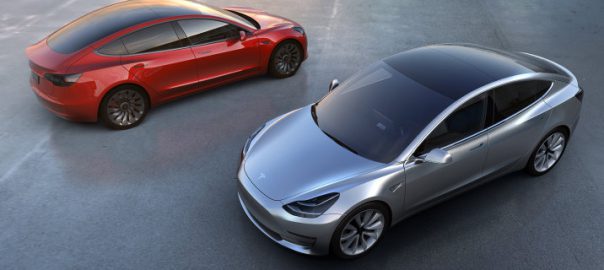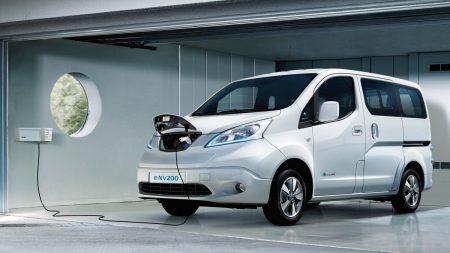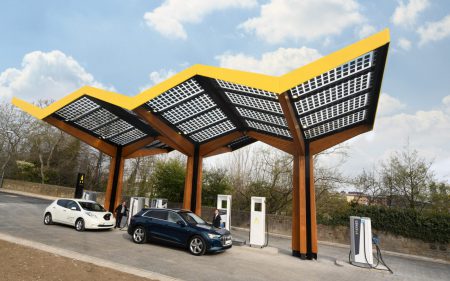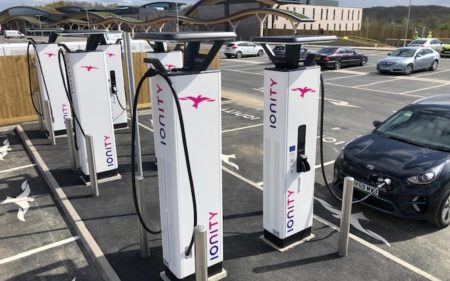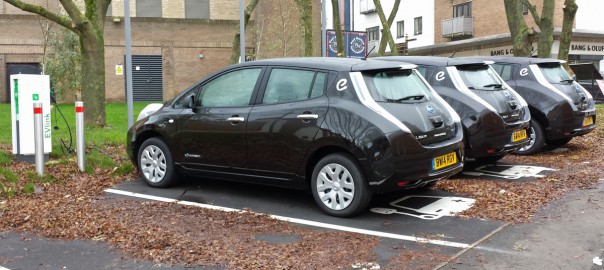The average range of the latest electric cars exceeds 200 miles, according to new research from Cornwall Insight.
It analysed the WLTP-reported range of all the electric vehicles (EVs) currently available in the UK and found that, on average, EVs can cover 202 miles.
“Range anxiety is one of the key barriers to EV adoption, but, our latest research, shows that the average range for electric cars stands at around 202 miles. Suggesting that the range offered by electric cars at present is practical for a range of scenarios. The improvement in mileage is due to growing investment and more models being announced by car manufacturers,” said Tom Lusher, analyst at Cornwall Insight.
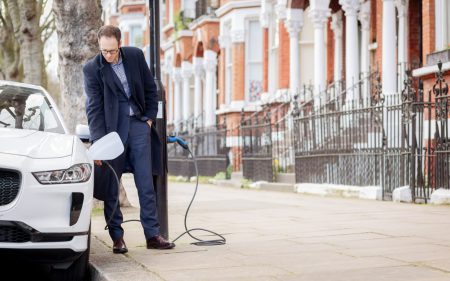
Tesla models were found to offer the longest range, with the Model X achieving more than 350 miles from a single charge.
The research also highlighted that cheaper EVs, like the Peugeot e-208, Kia e-Niro and Hyundai Kona can now comfortably offer more than 200-miles of range when compared to older models, like the Volkswagen e-Golf.
Lusher added: “The fleet industry represents a large proportion of the transport industry and the mileage issue has dulled uptake, however, as overall mileage of EVs are improving we are now approaching the point where EVs will make a viable alternative to petrol or diesel.”
Read more: FleetNews
It’s Time to Go Green!
If you would like to know more about Solar Panels and the PowerBanx range of home battery systems, and get a free instant quote, please complete our online form:


